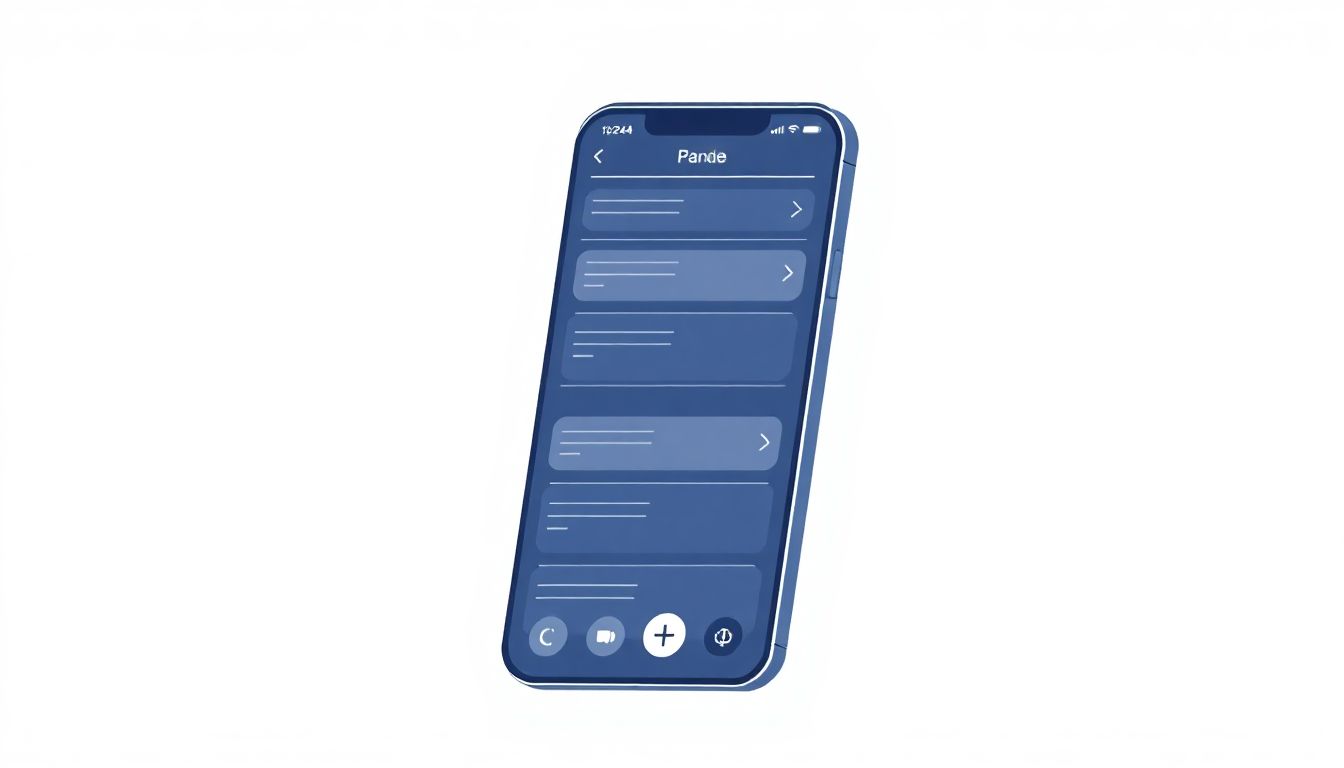You might have noticed that finding the right AI translation tool can feel a bit overwhelming. With so many options out there, it’s tough to know which one will really meet your needs without wasting time or money. But don’t worry—if you keep reading, I’ll help you understand how to pick a tool that fits your project perfectly.
By the end, you’ll see what top translation tools are available in 2025 and what makes them different. Plus, I’ll share simple tips to guide you in choosing the best AI translation solution and how to make the most of it for your work.
So, stick around—you’ll find out how these tools can make translating easier, faster, and maybe even a little fun!
Key Takeaways
Key Takeaways
- Select AI translation tools based on your needs, such as language coverage, accuracy, real-time speech, or cost. Know your main use case to narrow options.
- Popular options in 2025 include DeepL Pro for precise document translation, Google Translate for quick informal use, and newer players like Lufe.ai for voice tech and project management tools like Lokalise AI.
- Many tools offer free demos or trials—test them to see which fits your workflow before buying.
- Real-time speech translation is growing fast, with voice preservation tech helping live conversations in multiple languages, especially in sectors like events and customer service.
- Translation management systems are expanding, making it easier to handle large, multilingual projects with features like automation, collaboration, and integrations.
- The AI software market is booming, with advanced models improving context understanding and reducing costs. Choosing scalable, updated tools ensures future growth and better results.

1. How to Find the Best AI Translation Tool for Your Needs
Finding the right AI translation tool isn’t just about picking the most popular one; it’s about matching the tool’s features with your specific needs. Start by asking yourself what’s more important: real-time speech translation, document accuracy, or cost savings?
Next, determine your primary use case. Are you translating websites, handling customer service chats, or localizing software? Different tools excel in different areas, so knowing your goal helps narrow down options.
Pay attention to language coverage, especially if you work with less common languages. Some tools, like DeepL or Google Translate, support over 100 languages, but others might focus on niche markets.
Look into the ease of integration with your existing workflows. If you’re managing thousands of documents, a translation management system like **Lokalise AI** can streamline the process significantly.
Don’t forget to compare costs—some tools charge per word, others offer subscription plans. Keep in mind that investing in a slightly more expensive tool might save you money in the long run through better accuracy and faster results.
Read reviews and test free demos. Many companies, including [DeepL Pro](www.deepl.com), offer trial versions or freemium plans, so you can see if it fits your workflow before committing.
Finally, consider future scalability. Will the tool grow with your business? With AI software market size climbing past $126 billion in 2025, choosing a flexible, scalable solution is smarter than chasing a trendy feature that might fade away.
2. Main AI Translation Tools Available in 2025
By 2025, the market for AI translation tools is booming, thanks to a projected growth of over $126 billion in the AI software industry. Companies are rushing to offer solutions that combine speed, accuracy, and speech capabilities to meet demands across different sectors.
Among the top players, **DeepL Pro** continues to stand out for its nuanced translations and support for multiple languages. It’s favored by businesses that prioritize document-specific translations over quick chats.
**Google Translate** remains ubiquitous for its accessibility and integration with other Google services, making it a go-to for quick, informal translations—though it’s continuously improving its neural network models.
**Lufe.ai** is gaining traction for its innovative voice-preservation tech, especially appealing in sectors like international events where real-time speech translation is crucial.
**Crowdin** is popular among developers and localization teams for managing complex projects involving multiple languages and collaboration tools.
**MachineTranslation.com** by Tomedes offers tailored translation solutions, blending AI speed with human editing for high-stakes content.
And for companies seeking a specialized workflow, **Lokalise AI** provides an intuitive platform that combines AI translation with project management features, demonstrating the importance of integrated solutions in today’s market.
As AI translation tools evolve, they’re not just about replacing human translators but enhancing productivity and reducing costs—factoring into the expected 60% productivity boost reported by many companies using such software. Want a quick way to get started? Check out marketplaces like [SellAItTool](www.sellaitool.com) to browse top solutions and find the perfect fit for your projects.
3. Lokalise AI

9. The Growth of Real-Time Speech Translation and Voice Preservation Tech
The market for real-time speech translation tools is expanding fast, and it’s expected to hit around $1.8 billion by 2025.
One key driver is voice preservation technology, which is now being adopted by roughly 40% of sectors like international events, travel, and live broadcasting.
Using voice-preserving AI, you can have seamless conversations across languages, making international collaborations feel more natural.
To make the most of this tech, look for tools that support voice recording, transcription, and real-time translation in a single platform.
If your events or customer service rely on speech interactions, investing in voice tech can cut down on misunderstandings and improve user experience.
Also, note that high-quality speech translation reduces the need for human interpreters on the spot, saving costs and speeding up communication.
When choosing a tool, check if it offers support for your primary languages and has low latency for live conversations.
Keep an eye on updates—many tools keep enhancing their voice tech to become even more accurate and natural-sounding.
10. How Translation Management Software Is Growing and Why It Matters
Translation management systems (TMS) are gaining ground, with the market expected to grow by about $1.58 billion between 2020 and 2025 at a compound annual growth rate of roughly 14.8%.
This growth comes from the need to handle increasing volumes of multilingual content efficiently.
These tools help teams organize workflows, assign tasks, and keep translation projects consistent across multiple languages.
If you’re managing a large website, app localization, or product documentation, a good TMS like **Crowdin** or **Lokalise AI** can streamline everything.
They also support integrations with other tools, such as content management systems or customer support platforms, for a smooth process.
Look for features like automated translation suggestions, version control, and collaborative editing — these can save hours and improve quality.
Investing in a solid TMS means less manual work, fewer errors, and faster time-to-market for your multilingual content.
As the need for localization grows, so does the importance of choosing a system that scales with your business—and that aligns with your budget.
11. How AI Software Market Size Is Shaping the Future of Translation
By 2025, the AI software industry is projected to be worth over $126 billion, making it one of the fastest-growing tech sectors.
This huge market growth means more sophisticated tools are hitting the scene, offering better accuracy and usability at lower costs.
For translation specifically, AI is becoming more adept at understanding context, idioms, and even cultural nuances.
If you’re looking to stay ahead, prioritize tools that leverage the latest AI models trained on diverse datasets.
Another tip: consider AI solutions that continuously learn from new data, improving translations over time without extra cost.
And don’t forget: choosing a platform with a strong developer community often means more updates, better features, and longer-term support.
Moving forward, pairing AI-powered tools with human review remains the best way to get translations that feel natural and correct.
Smart investments here can cut your costs, speed up workflows, and help your business reach global audiences more effectively.
FAQs
Consider factors like language support, accuracy, ease of use, integration features, and cost. Assess your project requirements to select a tool that offers the right balance of performance and affordability for your goals.
Key tools include Lokalise AI, DeepL Pro, Google Translate, and Crowdin, each offering unique features suited for different translation needs, from professional quality to quick, automated translations.
Look for features like multilingual support, customization options, API access, context-aware translations, and collaborative tools to find a solution that matches your project and workflow needs.
AI translation tools enable quick and cost-effective multilingual content localization, improving customer reach, reducing translation time, and supporting global expansion efforts for businesses.